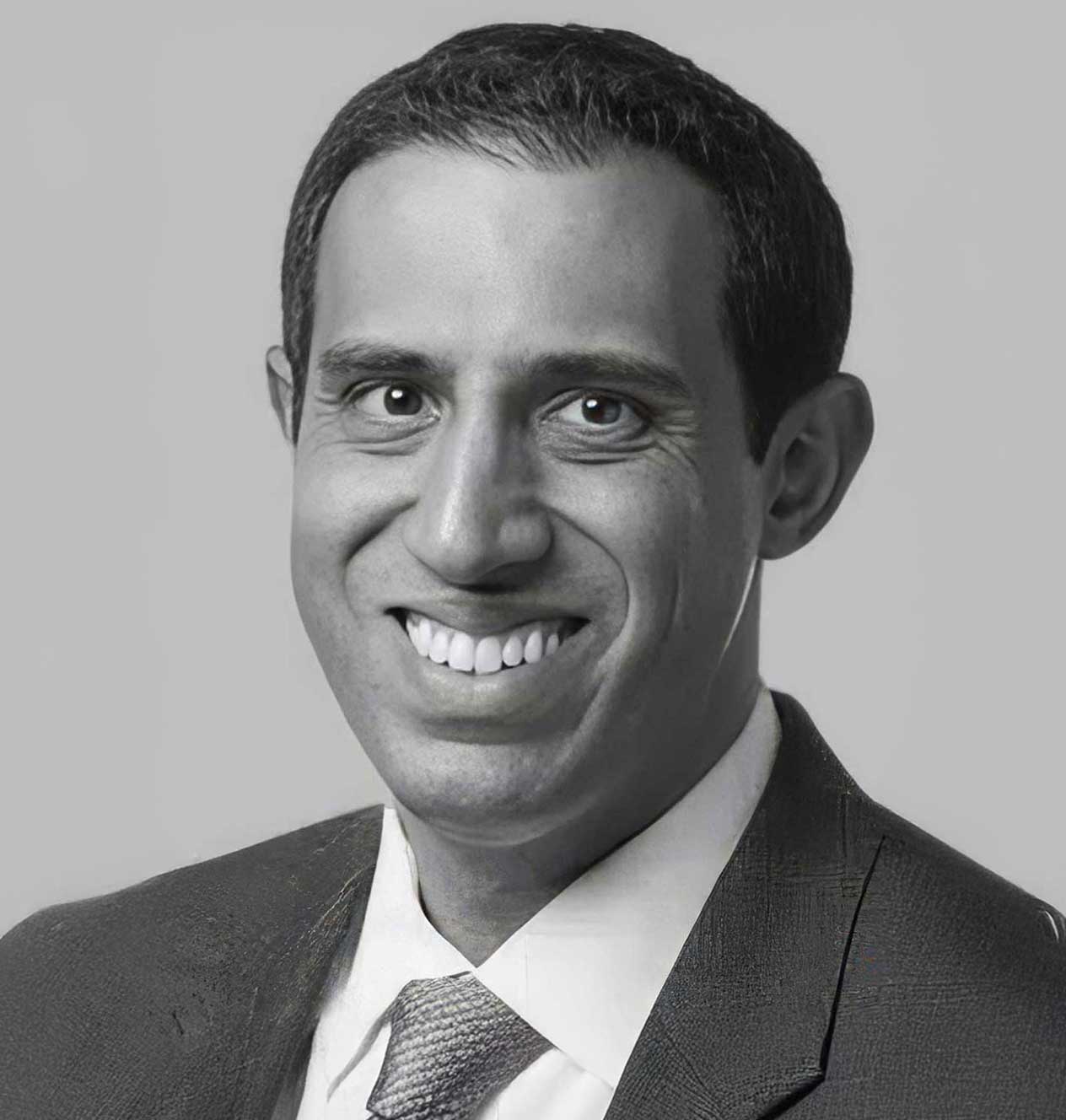Share Your Story with Trial Lawyer’s Journal
Trial Lawyer’s Journal is built on the voices of trial lawyers like you. Share your journey, insights, and experiences through articles, interviews, and our podcast, Celebrating Justice.
Stay Updated
Sign up for our newsletter to get the latest from TLJ.
What is Burden Shifting?
Burden shifting is a legal concept that changes who is responsible for proving or disproving a key fact in a case. In personal injury law, the burden of proof usually starts with the plaintiff, but under certain circumstances, the burden may shift to the defendant—requiring them to present evidence or explain their actions.
Burden shifting can significantly impact the outcome of a case, especially when one side has more access to critical evidence.
How does burden shifting work in personal injury cases?
In most personal injury cases, the plaintiff bears the initial burden of proof, meaning they must show that the defendant was negligent and caused their injury. However, if the plaintiff meets that burden with enough evidence, the burden may shift to the defendant to rebut the claim or prove a defense.
Courts may also apply burden shifting in situations where the defendant has exclusive control of the evidence or circumstances.
Plaintiff must prove negligence, causation, and damages initially.
If a prima facie case is made, the burden may shift to the defendant to respond.
Common in summary judgment motions, where each side must meet its burden at different stages.
Applies in some strict liability or res ipsa loquitur cases, where fault is inferred unless rebutted.
What are examples of burden shifting?
A common example occurs in premises liability cases. If a customer slips in a store and shows that a dangerous condition existed and caused injury, the store may have to prove it took reasonable steps to prevent the hazard. In employment law, burden shifting is also used frequently in discrimination and retaliation cases.
Burden shifting helps promote fairness when one party has better access to information or control over the situation.
Slip and fall: Customer shows unsafe floor; store must prove reasonable maintenance.
Product liability: Plaintiff proves defect and injury; manufacturer may need to show no negligence.
Medical malpractice: If a surgical tool is left inside a patient, the hospital may have to prove how it wasn’t negligent.
Res ipsa loquitur cases shift burden when negligence is presumed based on the nature of the event.
What is the difference between burden of proof and burden shifting?
The burden of proof refers to a party’s obligation to establish the facts of their case. Burden shifting, on the other hand, occurs when that obligation temporarily transfers to the other party, typically after an initial showing of evidence. This is a procedural tool to balance fairness, especially when one party controls the facts or documents.
Understanding both helps clarify how evidence is presented and challenged in court.
Burden of proof is the overarching responsibility to prove your claim or defense.
Burden shifting is a procedural move triggered by evidence or legal standards.
Shifting occurs after the plaintiff presents enough evidence to support a claim.
The final burden of proof usually returns to the plaintiff, especially in civil cases.
When does burden shifting help a plaintiff?
Burden shifting can be especially helpful to plaintiffs when they lack direct evidence of negligence, but the facts strongly suggest the defendant is responsible. For example, in a res ipsa loquitur case—Latin for “the thing speaks for itself”—the burden may shift to the defendant to explain how an injury occurred without their fault.
This tool is powerful when plaintiffs can’t access internal records, surveillance, or witnesses.
Gives plaintiffs leverage when direct evidence is limited.
Forces defendants to explain or rebut obvious negligence.
Used in situations involving exclusive control (e.g., surgical errors, malfunctioning equipment).
Helps balance access to evidence, especially in institutional or corporate cases.
Conclusion
Burden shifting plays a critical role in how personal injury cases are argued and won. While plaintiffs must initially prove their claims, burden shifting can compel defendants to explain their actions or disprove liability. Understanding this concept is key to navigating court procedures and building a strong legal strategy.
What is burden shifting in a personal injury case?
Burden shifting occurs when, after a plaintiff presents sufficient evidence, the responsibility temporarily transfers to the defendant to disprove liability or present a valid defense.
Does the burden always stay with the plaintiff?
No. While the plaintiff carries the initial burden, certain legal doctrines allow the burden to shift to the defendant during the case—especially in res ipsa loquitur or summary judgment situations.
Is burden shifting common in slip and fall cases?
Yes. Once a plaintiff shows that a dangerous condition caused the injury, the burden may shift to the property owner to prove reasonable care was taken.
How do courts decide when the burden shifts?
Courts consider whether the plaintiff has established a prima facie case and whether the defendant has exclusive control or access to key evidence.
Featured Articles
-
Glossary
What is a Demurrer Judgment?
What is a Demurrer Judgment? A Demurrer Judgment is a court ruling issued after a defendant files a demurrer, arguing that the plaintiff’s complaint.
-
Glossary
What is the TPPRA?
What is the TPPRA? The TPPRA, or Third Party Payor Recovery Act, is a legal statute—most notably used in states like Texas—that gives third-party.
-
Glossary
What are Jury Instructions?
What are Jury Instructions? Jury instructions are the formal legal directions given by a judge to the jury before deliberation in a trial. These.
Explore our Contributors
Discover Next
Insights from Experts
Learn from industry experts about key cases, the business of law, and more insights that shape the future of trial law.







